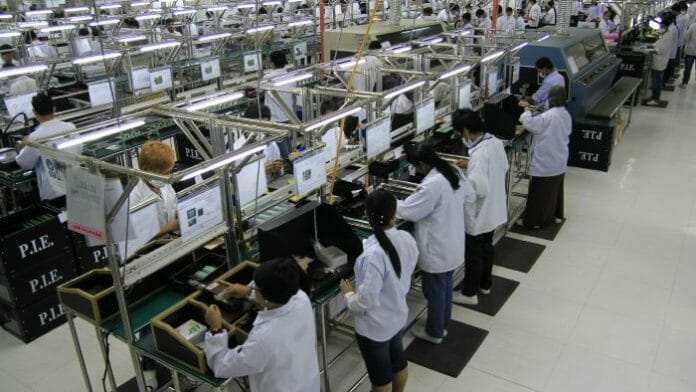With its results coming below expectations, achieving 45.8% and 34.5% of the full year revenue and profit forecasts by Mercury Securities, the research house has revised PIE Industrial Berhad forecast by 8.3%-15.9% and 19.1% -30.6% for the full year 2022 to 2024.
The downward adjustment was understood to be due to higher labour costs and provision for slow-moving inventories. However, Mercury maintains a BUY recommendation with a revised TP of RM4.07 based on FY23F EPS 18.6 sen and PE of 21.9x in line with the 2-years average. They like the stock for its attractive dividend yield and 3-year CAGR forward earnings of 13.2% from FY21 to FY24F. The target price represents a potential return of 24.1% over the current price.
PIE’s revenue for the quarter was stronger year-on-year due to higher demand from new and existing customers. Profit was weaker, down by 38.8% due to higher labour costs and provision for slow-moving inventories. The group has a proven track record and strong support from Foxconn.
There were also new customers on board, Customer N was secured in FY20, which is involved in the video games business, and a full-year revenue contribution from this customer was realised in FY21, allowing the company to achieve a record-breaking revenue above RM1bn. The company plans to dedicate a floor space of 120,000 sq ft to a new customer namely Customer A, involved in the supercomputing cloud business secured in FY21. With a full-year revenue contribution from Customer A expected in FY22, Mercury opines that this could potentially catalyse PIE’s earnings moving forward, driven by higher margins as raw materials are consigned by the customer.
In tandem with the expansion plans, the company plans to hire more workers, expected to arrive in the third quarter. The additional workers are expected to replace some inefficient existing workers and produce higher productivity and output. Running at double shifts 24 hours a day is expected to add RM150m worth of backlog orders to be cleared by year-end.
Risk factors however include fluctuation of raw material prices and labour shortages.









